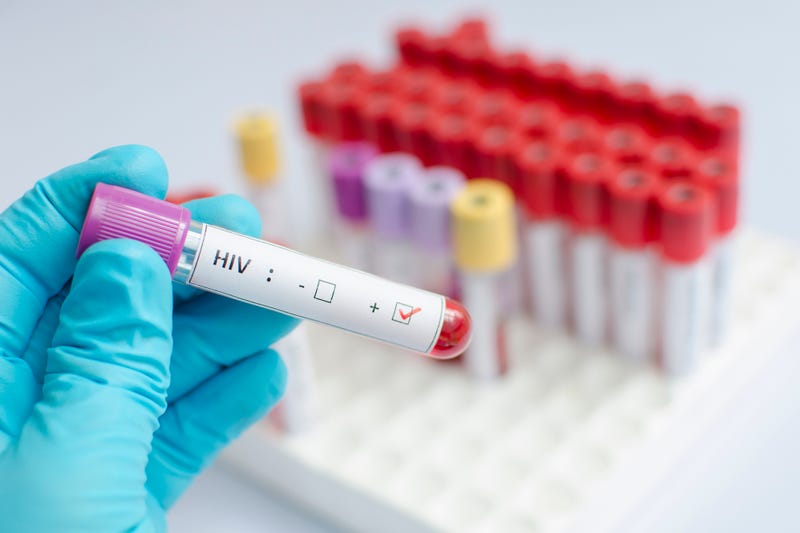
A new report has found that the number of new HIV infections in the United States is on the decline in recent years, according to the US Center for Disease Control and Prevention.
The report found that in 2021 there were approximately 32,00 new HIV infections, a number the CDC says represents a 12% drop compared to 2017.
During the same period, the CDC shared that annual infections among gay and bisexual men 13 to 24 years old were cut more than twice as much, dropping 34% overall.
CDC Director Dr. Rochelle Walensky shared a statement on the nation’s HIV prevention efforts, which she says are continuing to trend “in the right direction.”
“Longstanding factors, such as systemic inequities, social and economic marginalization, and residential segregation, however, stand between highly effective HIV treatment and prevention and people who could benefit from them,” Walensky said. “Efforts must be accelerated and strengthened for progress to reach all groups faster and equitably.”
Looking at demographics tied to the decline in new infections, the report found that young white gay and bisexual men are seeing more improvements than their Black and Hispanic peers.
The CDC said that this reflects a broader inequity in HIV prevention and treatment, with Hispanic and Black people representing a disproportionate share of the new infections.
Even with the use of the preventative treatment becoming more common, the health agency shared that relatively few prescriptions were given to Black or Hispanic people in 2021.
The CDC says that while 78% of white people who could benefit from the treatment were prescribed it, the same was true for only 11% of Black people and 20% of Hispanics.
One factor that plays a crucial role in addressing HIV is awareness, with the CDC estimating that about 1 in 8 of the 1.2 million people who have HIV don’t know they're infected.
The CDC stressed the importance of getting tested, saying that the COVID-19 pandemic affected HIV prevention and awareness efforts, but they have begun to rebound.
“Increasing testing efforts and innovative strategies to reach persons with undiagnosed HIV are needed to offset this diagnosis gap,” according to the CDC report.
